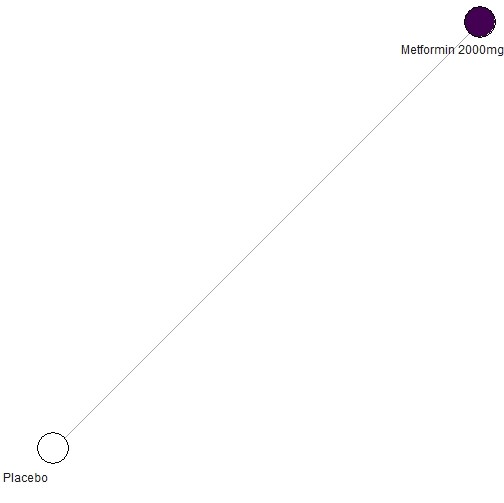Network Meta-analyses
Data Science and Analytics Methods
WINBUGS to R: Replicating a published Bayesian Network Meta-analysis in R
Introduction
Meta-analyses are a powerful statistical technique which are commonplace in a variety of fields such as medicine, psychology, and ecology. Indeed, over the course of my PhD in Computational Ecology I’ve spent a lot of time working on meta-analyses of multiple stressors (e.g., Burgess et al., 2021). In short meta-analyses combine data from multiple different studies which all address the same question which are then analysed in a standardised manner and collated. Meta-analyses can potentially be convoluted to conduct; however, meta-analysis have a greater statistical power than any of the individual studies from which they collate data and as such their findings can (if conducted properly) provide valuable insights (e.g., vaccine safety; Taylor et al., 2014).
Meta-analyses can take many different forms. Indeed, meta-analyses may be bayesian or frequentist and similarly they may be simply pairwise or consider an entire network. For instance, the below figure illustrates an example of an pairwise meta-analysis, namely there are two treatment groups which are compared (Placebo and Metformin 2000mg).

In contrast, network meta-analyses can contain many different groups and have a complex network structure. For example, the below figure illustrates an example of a relatively simple network meta-analysis where there are nine different treatment groups which are able to be compared (e.g., Placebo, Metformin 2000mg, Sotagliflozin 200mg, etc.).

One of the strengths of the network meta-analysis is that groups for which there is no direct comparison are able to be indirectly compared. For instance, in the above network plot, a network meta-analysis would allow for Dapagliflozin (5mg) to be compared to Sotagliflozin (400mg) given that they can be connected via the Placebo treatment group.
To demonstrate network meta-analyses, I’ve compiled a tutorial which replicates the Bayesian network meta-analysis from a recently published paper by Langford et al. (2020). The original analysis by Langford et al. (2020) was conducted using WINBUGS. However, I have been able to exactly replicate their results using the gemtc package in R. This tutorial aims to provide an introduction to Bayesian network meta-analyses in R using a real world dataset.